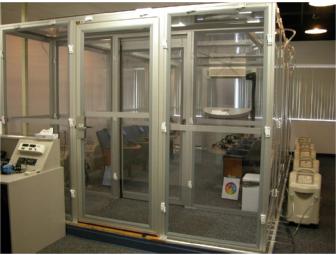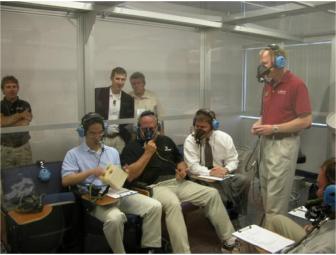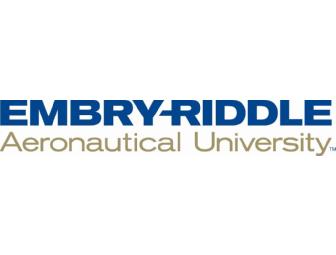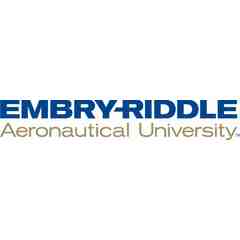Unique Experiences
ERAU High Altitude Hypoxia Awareness Training Course
- Item Number
- 108
- Estimated Value
- 500 USD
- Sold
- 370 USD to RvGruz
- Number of Bids
- 6 - Bid History
Item Description
Four hour training session for two people is offered at the Embry-Riddle Aeronautical University campus in Daytona Beach, Florida and includes classroom instruction and lab experience. This is an excellent opportunity for civilan and general aviation pilots to experience their personal symptoms of hypoxia and learn how to safetly recover.
Extreme Training at 30,000 Feet: Embry-Riddle’s High-Altitude Normobaric Lab
Embry Riddle has taken the lead to become the first university to use a normobaric laboratory enclosure to conduct high altitude hypoxia awareness training for aviation purposes. The new High Altitude Laboratory, or HAL as it is called, is a modern high-tech facility for teaching aspiring pilots how to recognize the symptoms of oxygen loss at high altitudes. With the current popularity of new personal Very Light Jets (VLJ’s) capable of altitudes of 41,000 feet and other high performance general aviation aircraft, a growing number of pilots are flying at altitudes for which they have little understanding or training, especially in the event of loss of pressurization.
Custom-designed by one of Embry Riddle’s faculty members and built by Colorado Altitude Training, the laboratory is used in the university’s Flight Physiology course, to teach the recognition and symptoms of hypoxia, a shortage of oxygen in the brain and blood. Embry-Riddle chose to adopt the normobaric technology which reduces oxygen content vs. pressure, and offers a lower risk and cost than hypobaric chambers used by the military for pilot training. As air machines extract oxygen from the enclosure creating a hypoxic environment inside, students perform cognitive, motor, and flight tasks under the supervision of qualified instructors. As soon as they experience the warning signs of hypoxia, students don their oxygen masks, like those required in airline cockpits, before their decision making becomes clouded or they become incapacitated. The lab can accommodate eight people per training session and includes digital video recording cameras and a new flight training device that is currently being installed.
Approximately 200 university flight students are being trained each semester in the normobaric lab. The physiology concepts are taught in the classroom, while the lab provides a medium for demonstration and application. External customers such as flight schools and corporate/charter companies may also take advantage of this available training. The cost for external customers is $375 per person which includes the academic instruction, HAL lab experience, and requires approximately four hours for completion.
Item Special Note
High altitude lab participants must possess a current FAA medical certificate at the time of training that was issued as a 1st or 2nd class medical
Donated By:
AOPA Foundation stores data...
Your support matters, so AOPA Foundation would like to use your information to keep in touch about things that may matter to you. If you choose to hear from AOPA Foundation, we may contact you in the future about our ongoing efforts.
Your privacy is important to us, so AOPA Foundation will keep your personal data secure and AOPA Foundation will not use it for marketing communications which you have not agreed to receive. At any time, you may withdraw consent by emailing Privacy@frontstream.com or by contacting our Privacy Officer. Please see our Privacy Policy found here PrivacyPolicy.




